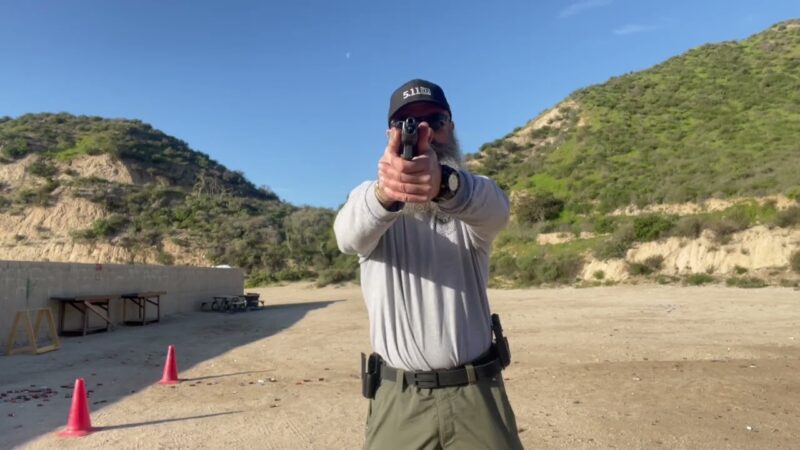In todays volatile world, where threats can emerge from unexpected corners, the necessity for comprehensive executive protection training grows ever more apparent. High-risk environments present unique challenges that demand not only physical prowess but also strategic foresight.
A trained executive protection professional must navigate a landscape fraught with potential dangers—be it political unrest, natural disasters, or targeted attacks—while ensuring the safety and continuity of their principals commitments and well-being. This training encompasses a wide array of skills, from advanced threat assessment and risk management to evasive driving techniques and crisis response protocols.
The stakes are high; it’s not just about safeguarding individuals but also preserving the integrity of organizations operating under pressure. In an era where every decision counts, equipping security teams with the knowledge and expertise to act decisively can mean the difference between safety and jeopardy.
Identifying High-Risk Environments

Identifying high-risk environments requires a nuanced understanding of a myriad of factors that can elevate the potential for threats. From geopolitical instability to socioeconomic factors, the landscape can shift dramatically due to events both large and small.
Imagine, for instance, a high-profile executive navigating a bustling urban center punctuated by civil unrest; the stakes couldn’t be higher. Security professionals must assess venues—be it a gala, corporate retreat, or a critical meeting—with a keen eye for risk indicators that may not be immediately apparent.
The presence of key stakeholders can complicate matters further; their visibility could attract unwanted attention in unpredictable regions. Thus, a rigorous analysis of the operational environment, coupled with real-time intelligence, is imperative in crafting a robust protection plan that adapts swiftly to evolving circumstances, ensuring safety in the face of uncertainty.
Key Components of Comprehensive Training Programs

A comprehensive executive protection training program encompasses a diverse array of crucial components designed to equip security personnel with the skills necessary for high-risk environments. At its core, such training must include risk assessment strategies, which enable professionals to identify potential threats and vulnerabilities before they escalate.
Furthermore, proficiency in evasive driving techniques is essential, allowing agents to navigate potentially dangerous situations with agility and foresight. Communication skills, both verbal and non-verbal, are critical for coordinating with team members and managing client needs under stress.
Additionally, scenario-based training exercises play a vital role, simulating real-life situations where quick decision-making can mean the difference between safety and chaos. Physical fitness, first aid training, and knowledge of legal considerations round out the curriculum, creating a well-rounded program that not only prepares agents to respond to threats but also fosters the confidence necessary to operate effectively in unpredictable conditions.
The Role of Technology in Executive Protection Training

In the ever-evolving landscape of executive protection, technology has emerged as a cornerstone of effective training and preparedness. From sophisticated simulation software that replicates real-world threats to wearable devices that enhance situational awareness, technological advancements are redefining how security professionals hone their skills.
Imagine a training scenarios where virtual reality immerses agents in high-risk situations, allowing them to practice decision-making under pressure without the real-world consequences. Additionally, data analytics aids in assessing vulnerabilities, enabling tailored strategies based on quantitative insights.
However, its not just about high-tech gadgets; integrating artificial intelligence can streamline communication, facilitating rapid responses in critical moments. As threats become more complex, the ability to harness these innovations is not merely an advantage, but a necessity for ensuring safety in volatile environments.
Conclusion
In conclusion, comprehensive executive protection training is essential for anyone operating in high-risk environments, equipping professionals with the necessary skills and knowledge to mitigate potential threats effectively. As risks continue to evolve, the importance of a thorough understanding of safety protocols, situational awareness, and crisis management cannot be overstated.
Institutions like Pacific West Academy play a pivotal role in delivering this vital training, ensuring that individuals are prepared to navigate complex security challenges with confidence and expertise. By investing in this specialized education, organizations can safeguard their key personnel, enhance their overall security posture, and foster a culture of safety that is essential in today’s unpredictable landscape.


